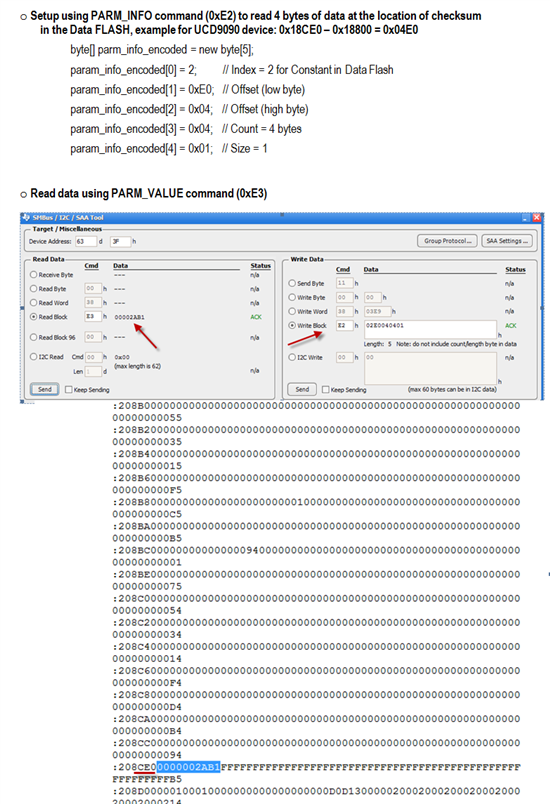For the UCD90SEQ48EVM-560 Development Board, I am interested in the actual programming when utilizing the Fusion Digital Power Designer programming GUI provided by TI. Does the programmer program the power sequencer device (UCD9090) directly or does it require additional components in order to program? Specifically, is the TSUB3210PM required as well?
-
Ask a related question
What is a related question?A related question is a question created from another question. When the related question is created, it will be automatically linked to the original question.



